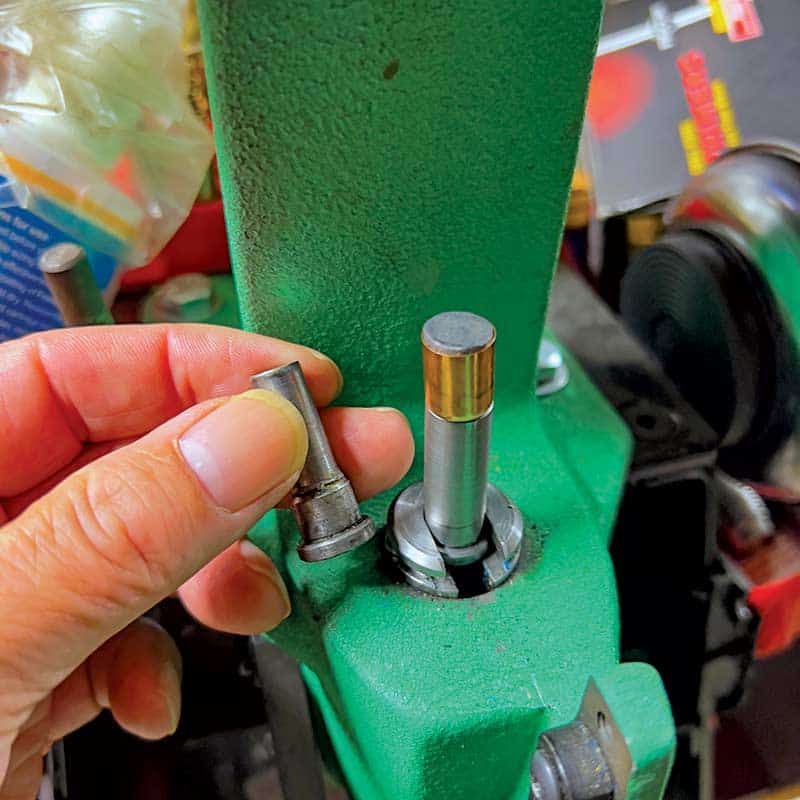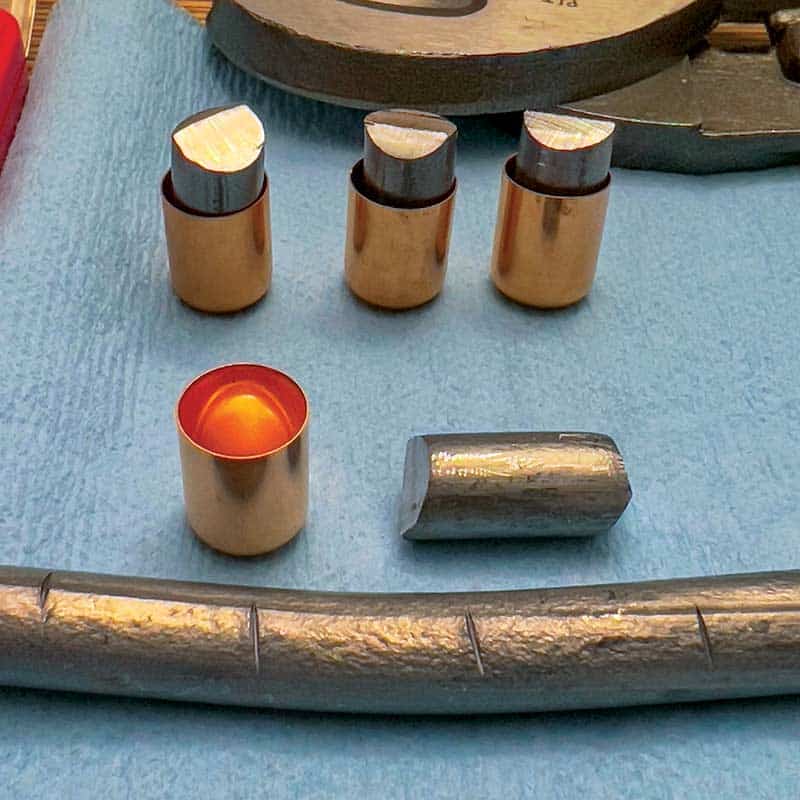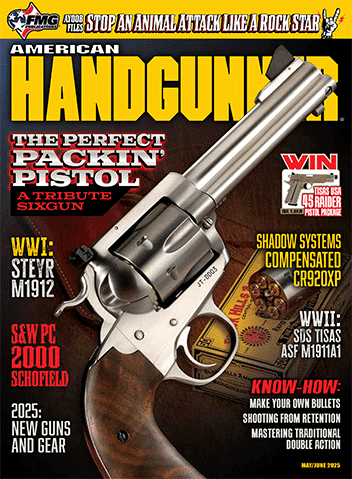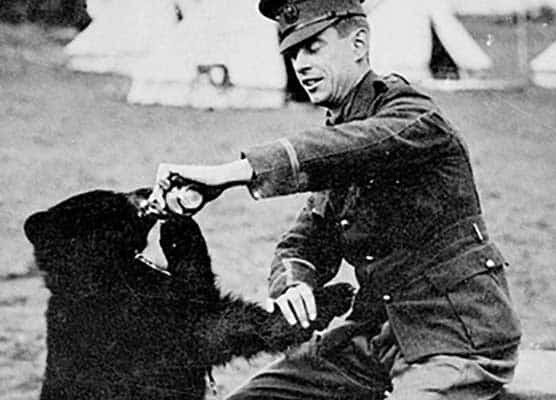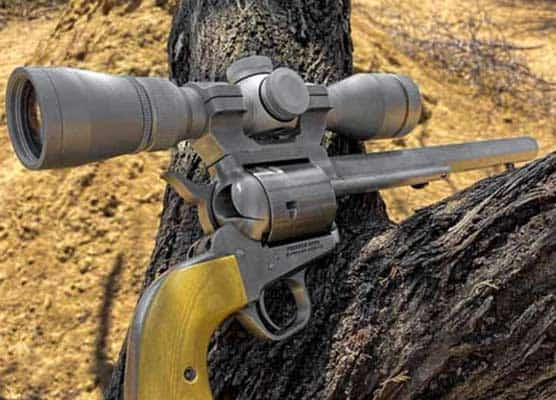Handloading: Makin’ Bullets
Creative Engineering
Old .45 Colt barrels run 0.454″. Later models run 0.451″. Sometimes, I find bullets that meet my weight requirements, but they are too fat. I started by getting a Lee Bullet Sizing kit in 0.451″ to accommodate finding 0.454″ bullets that I liked but didn’t fit my gun. This ruined me for life. If I’m buying bullets and changing the diameter, why don’t I just make my own?
Live Wire
I purchased lead wire from Rotometals and swaged short lengths into copper jackets. I stuffed lead wire sections into the pre-formed copper jackets and used reloading dies to form bullets. It doesn’t sound complicated, but the first dozen bullets I made were disasters.
Corbin sells precision core cutters to cut lead wire. They use a steel die that matches the diameter of the wire, positioning it for an accurate cut. The adjustable-stop cutters measure length and make a squared-off cut. It stays within a couple of grains of the target weight.
I’m too cheap for that. I bought a $10 cable cutter. This tool can lop almost a 1″ cable, so I thought it would be perfect for lead wire. I cut the first length, but no matter how hard I tried, the cuts were angled. OK, if the cut produced a consistent angle, I could aim for a consistent weight.
Eventually, I could cut the lead wire within 3 grains of the desired weight. The copper cups weighed an average of 24.1 grains. Within a few minutes, I had a dozen 225.9-grain cores matched up to the cups.
Creative Engineering
When I was making 250-grain bullets, the lead core stuck out over the case a little over 1/8″. Since it was cut off at an angle, I figured I should push it down a little before forming the nose. I put a 0.451″ Lee Bullet Sizing die in my press and took an extra “pusher,” which is the part one seats into the shell holder to push the bullets through the die, and put this into the base of the sizing die without attaching it to the press. Using the “pusher” that came with the kit, I ran a cup with the lead core sticking out up against the base of the pusher. The pusher on top doesn’t stay in the die; I had to hold it all together until I actually began squeezing the bullet. My purpose was to squeeze the lead down into the copper jacket by sandwiching the lead-filled jacket between the two pushers.
Wrong. As the angled lead core contacted the upper pusher, it veered off a little, resulting in distorted jacket bases. I learned to square off the protruding lead first, using light pressure from this setup, before trying to force the lead into the cup. Once the leading surface of the lead core was flat, everything fell into place. The lead began to fill the cup and flattened out perfectly. I discovered that the amount of lead to make a 250-grain bullet became flush with a 0.45″ x 0.580″ cup.
For the nose, I used a Lee 9mm Taper Crimp die, which has an initial steep angle to push the case into the die. I only wanted the steep angle in the first 0.10″ of the nose. I used a Lee .243 Winchester RGB sizing die to form the nose, removing the decapping internals and punching out formed bullets.
From 200–270 grains, the lead core will ooze out of the nose, forming a soft point. I don’t have a nose-forming plug on my dies, so getting the lead square is critical.
I was able to make bullets that ranged from 200–260 grains.
Fine Tuning
Bullet makers use various means to keep the jacket and core from separating. These methods can be mechanical, like placing a cannelure band, or physical, like using adhesive. I used a drop of epoxy, but I may have wasted my time.
My 250-grain bullets shot rather well. I used loads right out of the Lyman Pistol & Revolver Handbook, which included my favorite of 7.2 grains of True Blue at 1.590″ OAL. They averaged 588 fps and were comfortable to shoot.
The bullets sailed right through 16″ of gelatin. I can’t say this is a bad thing, but through a comedy of errors, I have yet to capture one of these bullets in ballistic gelatin.
Making bullets is not just for major manufacturers. A competent reloader can crank out pretty good products with just a little effort.

